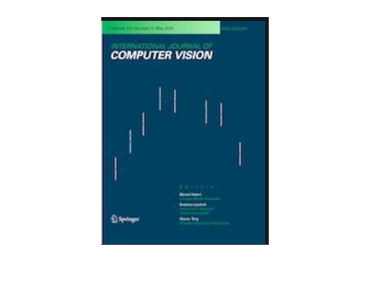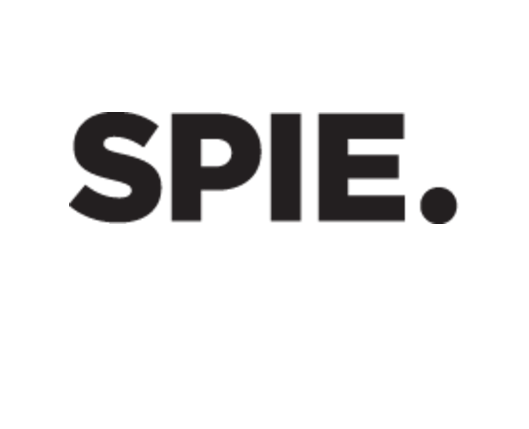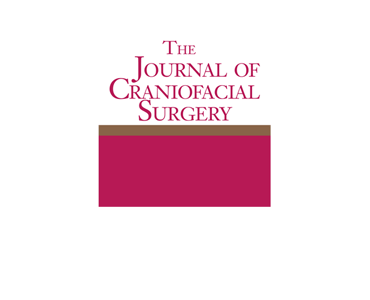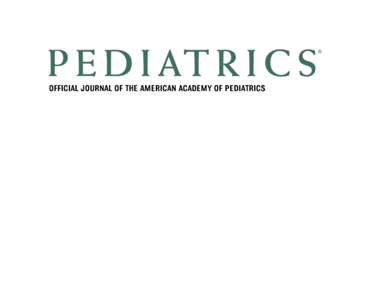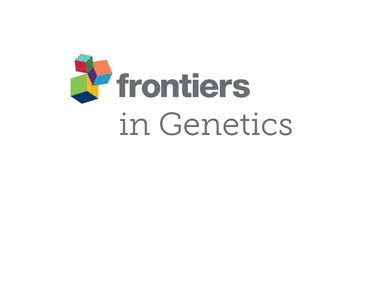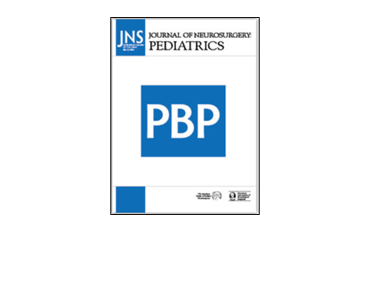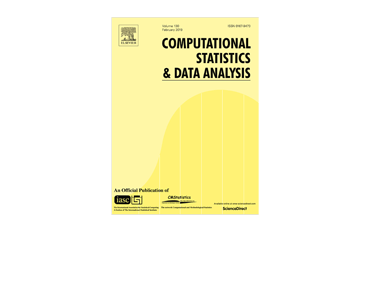Uniform 3D meshes to establish normative facial averages of healthy infants during the first year of life. Brons S, Meulstee JW, Nada RM, Kuijpers MAR, Bronkhorst EM, Bergé SJ, et al.
Date: May 2019. Source: PLoS ONE 14(5): e0217267. Abstract: Three-dimensional (3D) surface imaging systems are replacing direct anthropometry as the preferred method for capturing facial soft-tissues. Aims of this study were: (1) to develop normative average 3D faces of healthy infants aged 3, 6, 9, and 12 months and (2) to describe normative average 3D…


